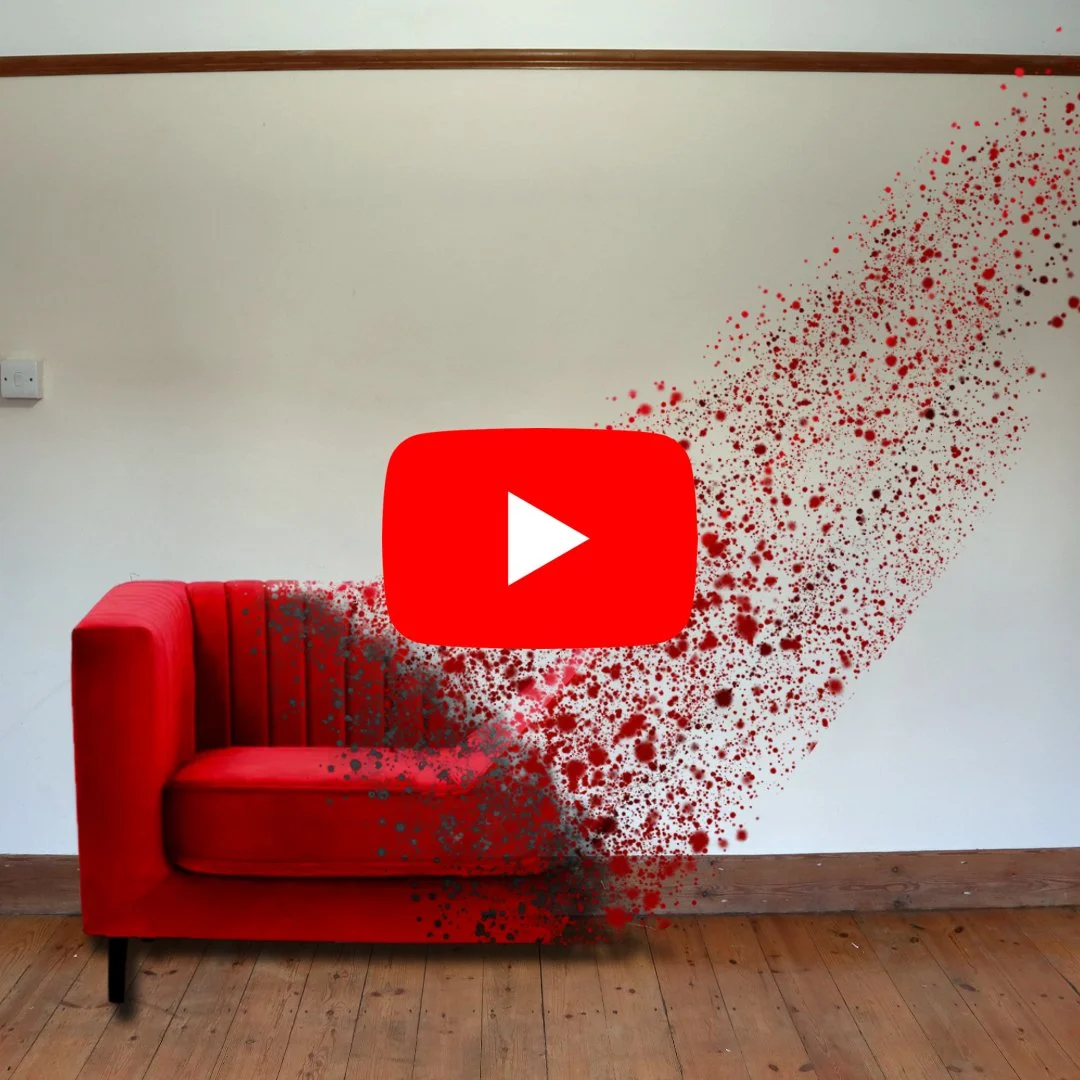Callus Care
It’s all too common to see people proudly filming their torn, bloody calluses and posting them on Instagram as a badge of honour, ‘Hey, look how hard I’ve been working! Now I’ll be out of action for a week but I’m really hardcore. I chose not to nurture my calluses as that wouldn’t make such a great IG post!’. I’m assuming you’re not one of those people, as it’s unlikely you’d be reading this article.
A callus is an area of thickened skin that’s developed because there’s a lot of pressure or friction in a specific area and build up on your hands from lifting weights, climbing, hanging or swinging. They tell the story of how you move and can reveal any imbalances (if you notice your left index finger is more callused than your right it’s likely you’re using the left one more). In the natural world it’s unlikely we would develop such uniform calluses as the variety of branch thicknesses and rough texture would create more variable loads than the ones which occur when lifting a bar (which is smooth and the same width) every day.
If you decide to leave them unattended then beware:
An unattended callus can devlop a blister underneath it.
A thick callus eventually cracks, extending painfully down into the sensitive layers of skin.
Calluses have the habit of ripping off at the most inopportune times, so by keeping them thin and smooth it offers you the most protection.
Leaving a callus to become rock hard is like taping a pebble to your hand and leads to dysfunctional compensation patterns.
I eventually developed my own system of looking after my hands as I’d had enough of the stinging sensation of open wounds and flappy skin. So, dear reader, I’m sharing some tips that might help you avoid this unpleasantness too.
i. First things first, don’t pick them! It sounds obvious but all that happens is it signals to your body you need to make them thicker.
ii. Soak your hands or remove them after a shower as they’ll be soft and a lot easier to remove.
iii. Take your callus remover of choice and carefully take off the tough, top part.
iv. Moisturise daily with a hand balm containing beeswax and honey for the most nourishing, healing effect. Buzzbalm and Our Tiny Bees are two UK based companies making hand balms from their own beehives. Support local and small businesses where possible!
v. Repeat ad infinitum.
- F














What are the most common misconceptions about furniture free? Well these are my top three!